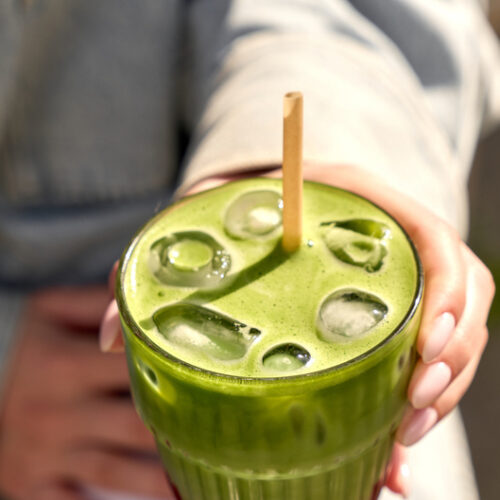
Most toddlers go through stages of eating less food, but if it's gone on too long, these ideas may help you get them back into healthy eating habits.
- Ensure regular meal and snack times. Children respond best to a routine.
- Serve child-sized amounts. Big serves of food are daunting to a little one.
- Don't give up on the first attempt. Children can take 8-10 tries before they decide they like a new flavour. A child may spit out beans at 18 months and be happily dipping them in tzatziki (yoghurt with finely chopped cucumber and mint) at two and a half. Offer one new food at a time and serve it with familiar foods.
- Try it raw. Some kids hate cooked vegetables but will happily much on raw carrot sticks, cauliflower pieces, snow peas and green beans while you prepare dinner. Who knows: they may eat their daily vegetable quota (about 1 cup) before they even get to the dinner table!
- Use shapes and colours. Cut fruit, cheese, bread and vegetables into interesting shapes such as cubes, sticks, and circles. Arrange food on the plate to look like a house, flower or a face with grape eyes, grated cheese hair, carrot stick mouth and baby tomato nose.
- Name it. My four-year-old recently enjoyed fish, vegetables and a pile of mashed potato because it was called 'Tracy Island' from Thunderbirds.
- No distractions. Turn off the television. Have children stop their play and sit up at the table to eat. Meal-time is for eating, not playing.
- Check that children have not filled up on milk, fruit juice or snacks just before dinner. Milk is more like a food than a fluid – nutritious and filling. Keep it for set meal and snack times. Children who 'live' on milk can miss out on important nutrients because they are too full to eat other foods. Milk is a great source of calcium, energy and protein but has very little vitamin C, iron, folate and fibre. Fruit juice naturally has about three teaspoons of sugar in each glass. Serve it diluted with water and keep for occasionally.
- Have a taste-testing session. This worked amazingly for a fruit-phobic five year old. Together we shopped for a variety of fruit that he thought he did not like but was prepared to grade with a tick or a cross after trying. He sat down and very seriously tasted a tiny morsel of each one. He was completely free to give it a tick or a cross. His mother and I asked his opinion of each and made it a fun game. There was no pressure on him to eat any of the fruit as it was not a meal time. To his surprise, and ours, he ended up giving a tick to almost every fruit.
- Lead by example. Actions speak louder than words. If our regular lunch is a meat pie and soft drink, we can't expect our kids to want sandwiches, fruit and water.
© Healthy Food GuideAll rights reservedReproduction without permission prohibited
www.healthyfood.com
www.healthyfood.com










